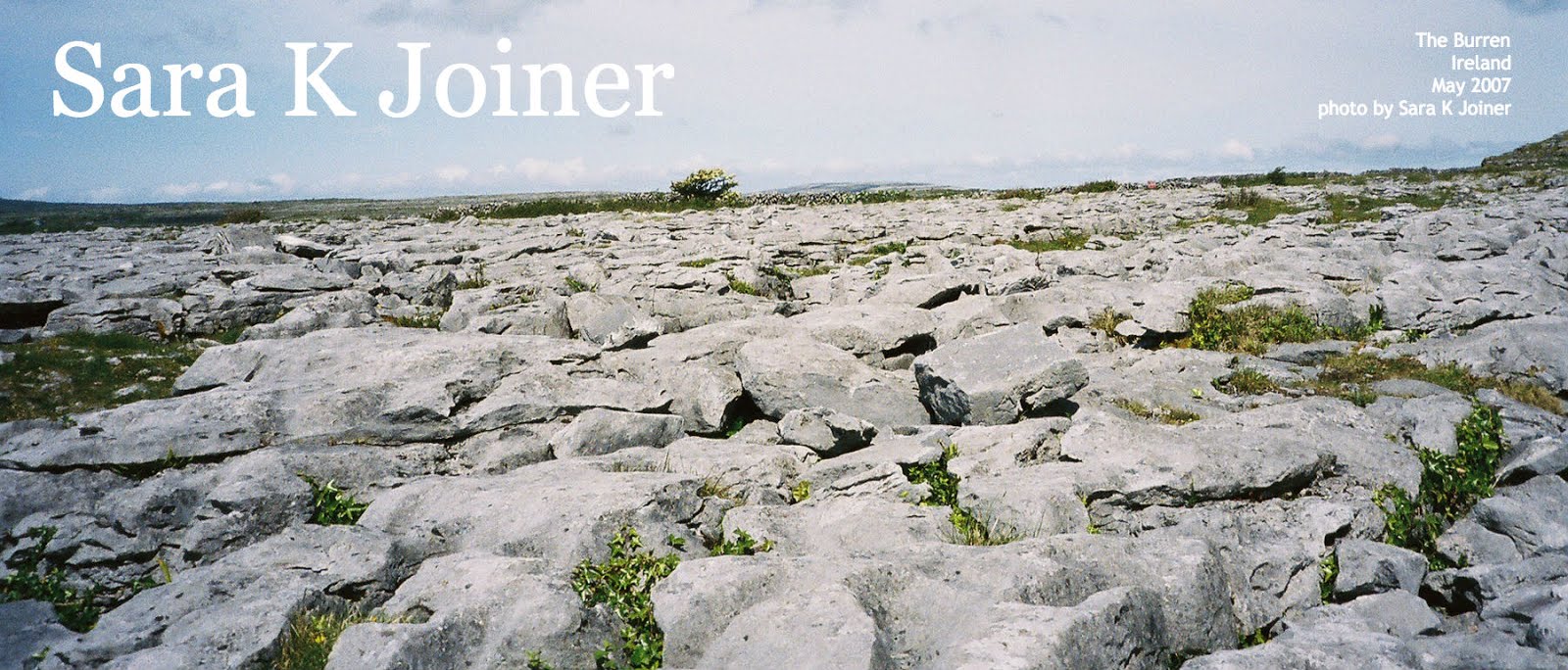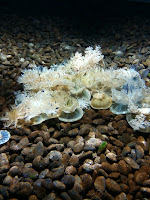Our second major stop was
Antietam National Battlefield in Maryland. Antietam is the bloodiest day in American history. One hundred thousand soldiers fought in a 12-hour battle at Antietam; 23,000 were killed, wounded or missing after the battle ended.
It's hard to imagine that much carnage.
The battlefield stretches over a large area. Some of the bloodiest fighting took place at Burnside's Bridge where 500 Confederate soldiers battled 5,200 Union troops. This part of the battle lasted about 3½ hours. At the end of the day, 120 Rebels and 500 Yankees were killed, wounded or missing.
During the battle on September 17, 1862, one tree survived the mayhem at Burnside's Bridge. It is called the witness tree, and it still stands today.
An even bloodier part of the battle took place along the Sunken Road, which is now called Bloody Lane. The fighting here lasted 3 ½ hours as well. Three thousand Confederate troops were positioned in the road. Ten thousand Union soldiers came over the rise and found the sunken farm lane and the Southerners posted there. At the end of the day, 2,900 Yankee troops and 2,500 Rebel soldiers were killed, wounded or missing.
This is the road today, still below the countryside around it.
The view a Southern soldier would have had looking over the rise. The Yankee troops would have come over that rise and straight into an ambush.
But the bloodiest place on the battlefield is simply called The Cornfield, because that is precisely what it was on that September day. In that field, 15,000 Union troops and 12,000 Confederate troops battled for 4 hours. When the fighting ended, 4,200 Yankees and 4,000 Rebels were killed, wounded or missing.
Some regiments and brigades were almost decimated in this field. One of those was the Texas Brigade. The monument, erected by the state in the 1960s, reads
Here in the cornfield early on the morning of September 17 the Texas Brigade helped blunt the attack of elements of Mansfield's Union Corps. Almost alone during this powerful federal onslaught the Texas Brigade sealed a threatening gap in the Confederate line. In so doing the 1st Texas Infantry Regiment suffered a casualty rate of 82.3 per cent, the greatest loss suffered by any infantry regiment, North or South, during the War. Of approximately 850 men engaged the Texas Brigade counted over 550 casualties.


